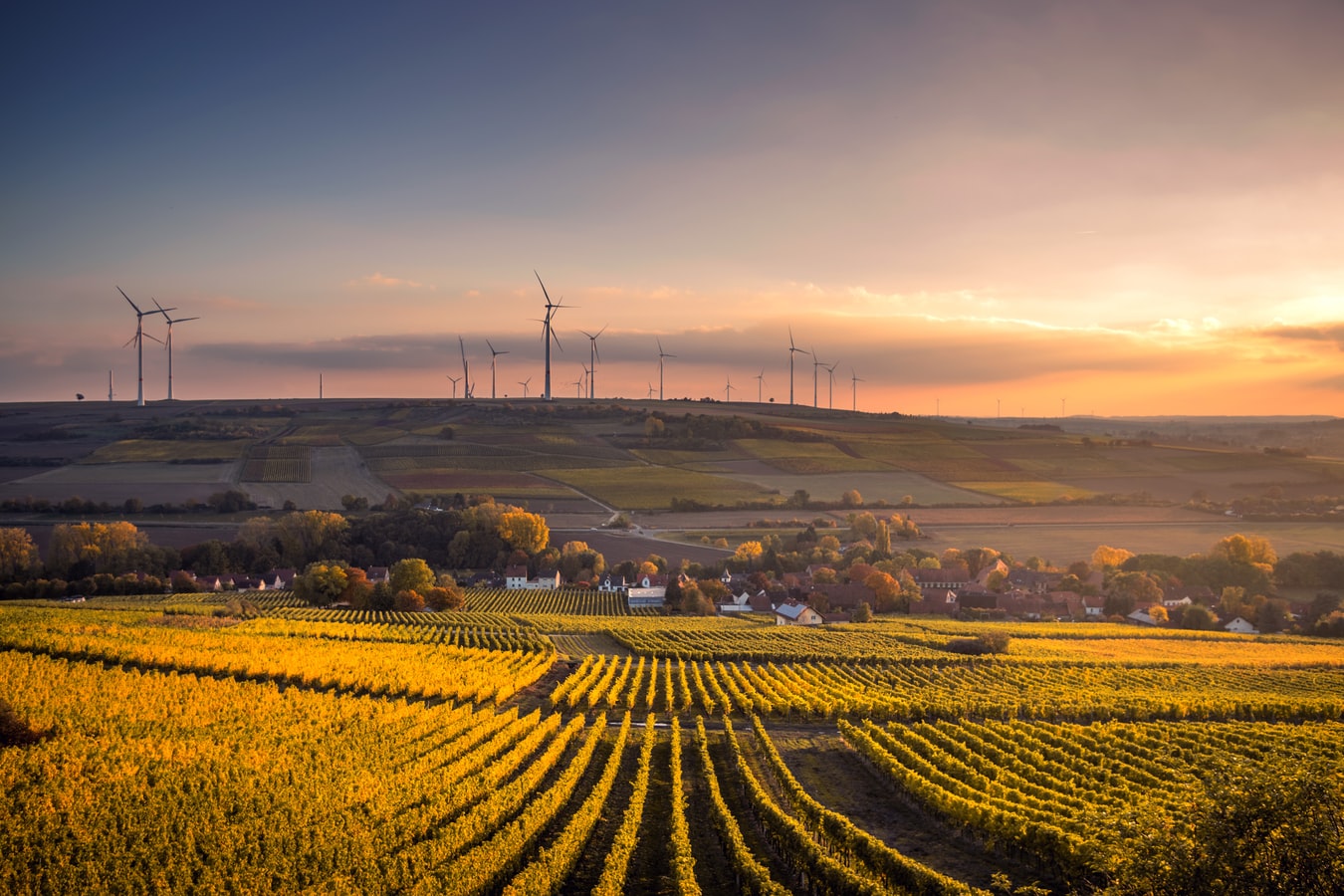The latest IPCC report could not be clearer: we either dramatically reduce global greenhouse gas emissions this decade, or face catastrophic climate impacts. The strong message is that although time is running out, we still have control over what the future looks like. Co-ordinated ambitious action taken today can dramatically reduce future harm.
At the Climate Council, we are often asked about the best solutions to climate change that are available today and can drive Australia’s emissions down quickly. So our research team has compiled this list of their top ten large-scale climate solutions – in no particular order – which would see our emissions plummet.
No New Coal, Oil and Gas
The International Energy Agency says there can be no new coal, oil or gas projects if the global energy sector is to reach net zero emissions by 2050 and help avoid catastrophic climate change. That’s because burning fossil fuels is the largest source of greenhouse gas emissions, which is what’s causing climate change. Yet the Government continues to pay fossil fuel companies to increase production right around the country, particularly new gas projects.
Electrify everything
Many industries and technologies still run on combustion (e.g. cars that burn fuel in their engines), and many homes and businesses still rely on gas. Electrifying all of our energy needs would mean we don’t need to use combustion fuels that emit greenhouse gases. Electric cars are becoming more affordable and available, and when paired with renewable energy, they produce zero emissions! And in the home, gas stoves and hot water systems can be swapped with induction and heat pumps, which are not only better for the climate, but better for your health too.
100% renewables
Moving to 100% renewables is key to addressing climate change. Renewable energy – like solar, wind and renewable hydrogen – don’t emit the greenhouse gases that are driving climate change. Renewable energy is clean, reliable and affordable. The Australian Energy Market Operator (AEMO), found there were “no fundamental limits to 100% renewables.” So what are we waiting for! Read more.
Improve efficiency
Energy efficiency refers to how well something uses energy, i.e. how much ‘work’ that unit of energy can provide. Australian houses and buildings are notoriously energy inefficient which drives up our bills and our emissions. By improving energy efficiency we can get more bang for our buck and use less energy to do the same job. Read our top tips here! Or watch out video below.
Get smart about managing energy demand
You might have heard about something called the ‘electricity grid’. This is the network that delivers electricity from producers to consumers. The problem is that many features of Australia’s biggest grids are old, inefficient and outdated. Our Government needs to step up to create smarter, more nimble grids that would allow us to better manage energy demand and accommodate the critical transition to renewable energy. Read more.
Travel smart
Travelling uses energy and that energy has to come from somewhere. Transport is now Australia’s third-largest source of greenhouse gas emissions after electricity. By making smart travel choices (like using public transport, walking, cycling or carpooling) where possible, you can reduce the amount of energy you use to get around. Read more.
Change up our diet
The way most of us consume food is not particularly climate smart. Food miles, land clearing and overall resource consumption (which is one of the biggest issues with meat) are each big factors that contribute to climate change. An important step we can all take is to be conscious of where our food comes from and what its overall impact is. Try to eat locally sourced food to avoid those transport emissions, and cut back on meat consumption – especially meat produced at factory farms or other unsustainable ways – where you can. More importantly, the food industry itself needs a real shake up to appropriately consider its climate impacts.
Export Australian wind and sun
As the sunniest continent, and one of the windiest, Australia has the chance to be a world leader in renewables. Exporting these renewables would be a huge economic opportunity and create lots of new jobs. In fact, a report from the Australian-German Energy Transition Hub said that with the right policies, Australia could produce double the amount of energy it needs by 2050 and export the excess, even after electrifying (basically) everything.
Responsible land management
Climate change poses a big threat to the land and how we use it. But the latest report from the Intergovernmental Panel on Climate Change (IPCC) shows how smarter and more responsible land management practices can help address climate change. This involves things like smarter farming, halting deforestation and looking after our coastal ecosystems.
Contact your local, state and federal representatives
As you’ve just read, we’ve got the solutions we need to address climate change. But in many areas, the political will is missing. Contacting your local, state and federal representatives about the importance of climate action is one of the best climate solutions out there! And we’ve got a handy guide to how to do it here.










